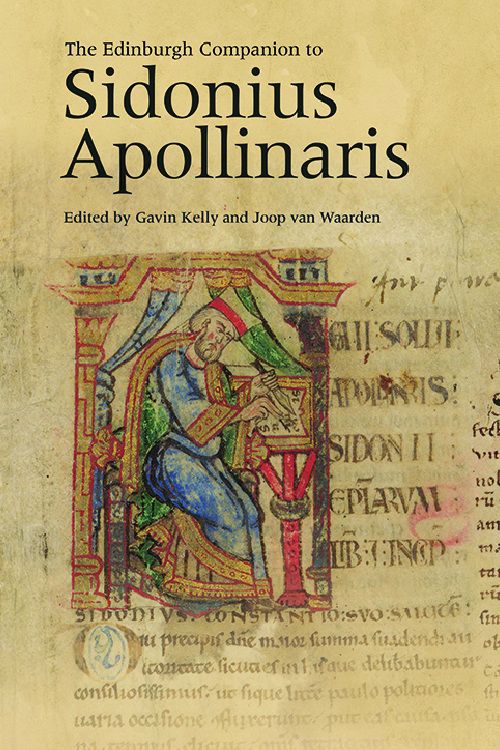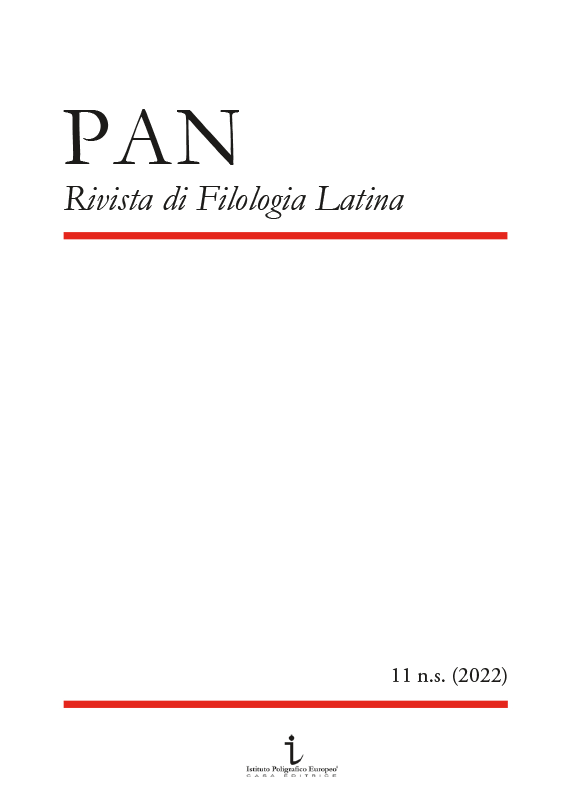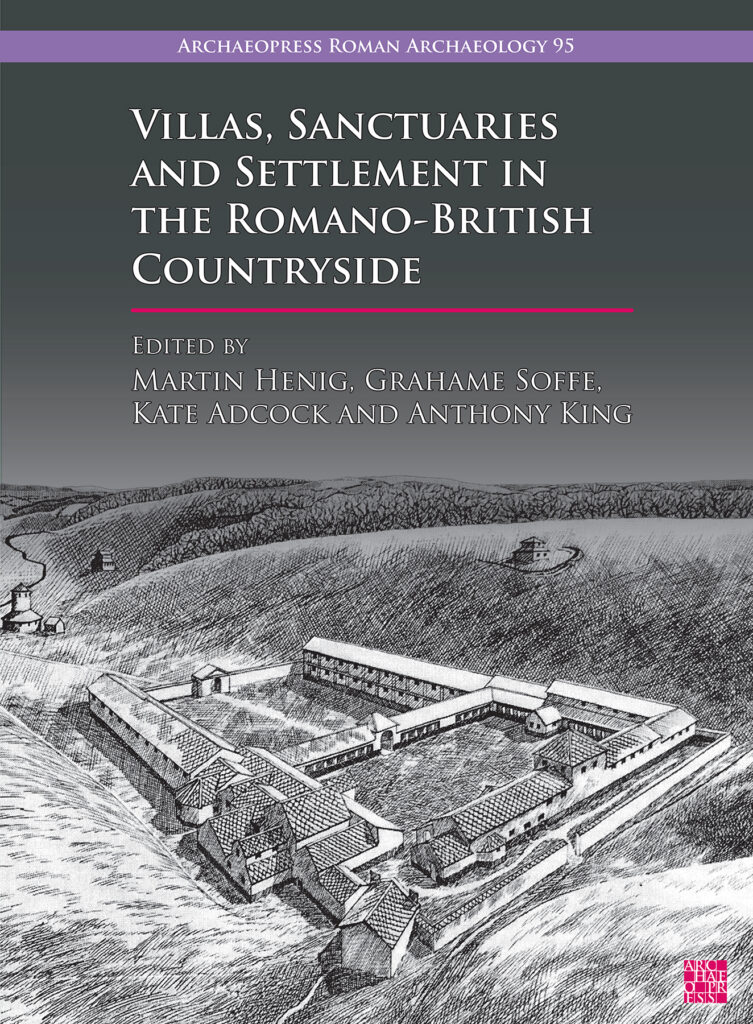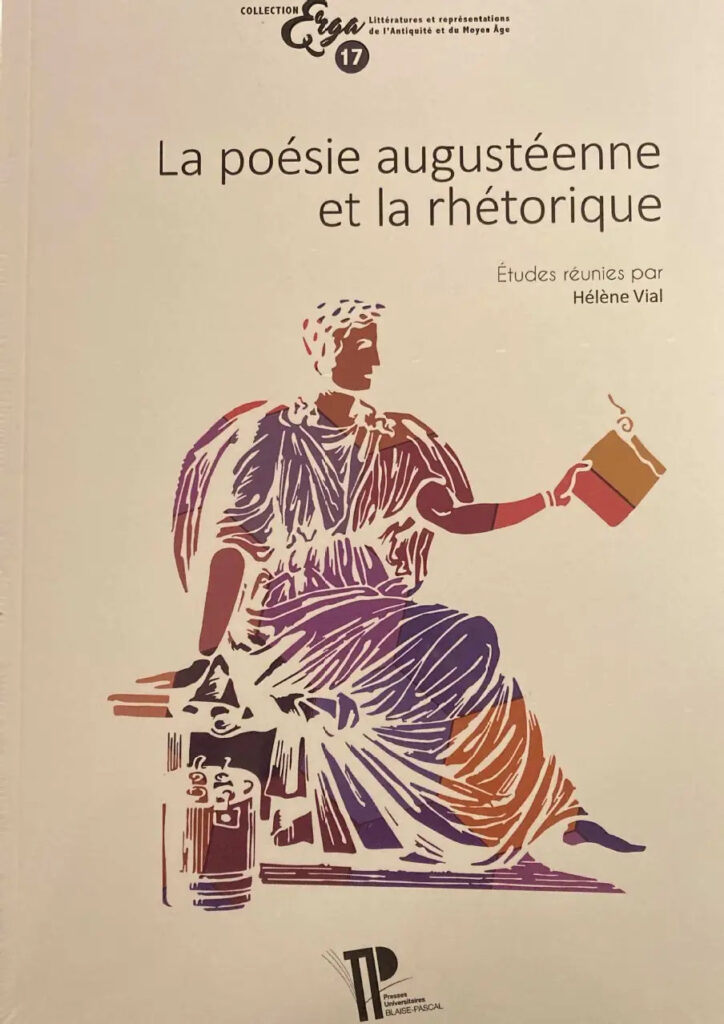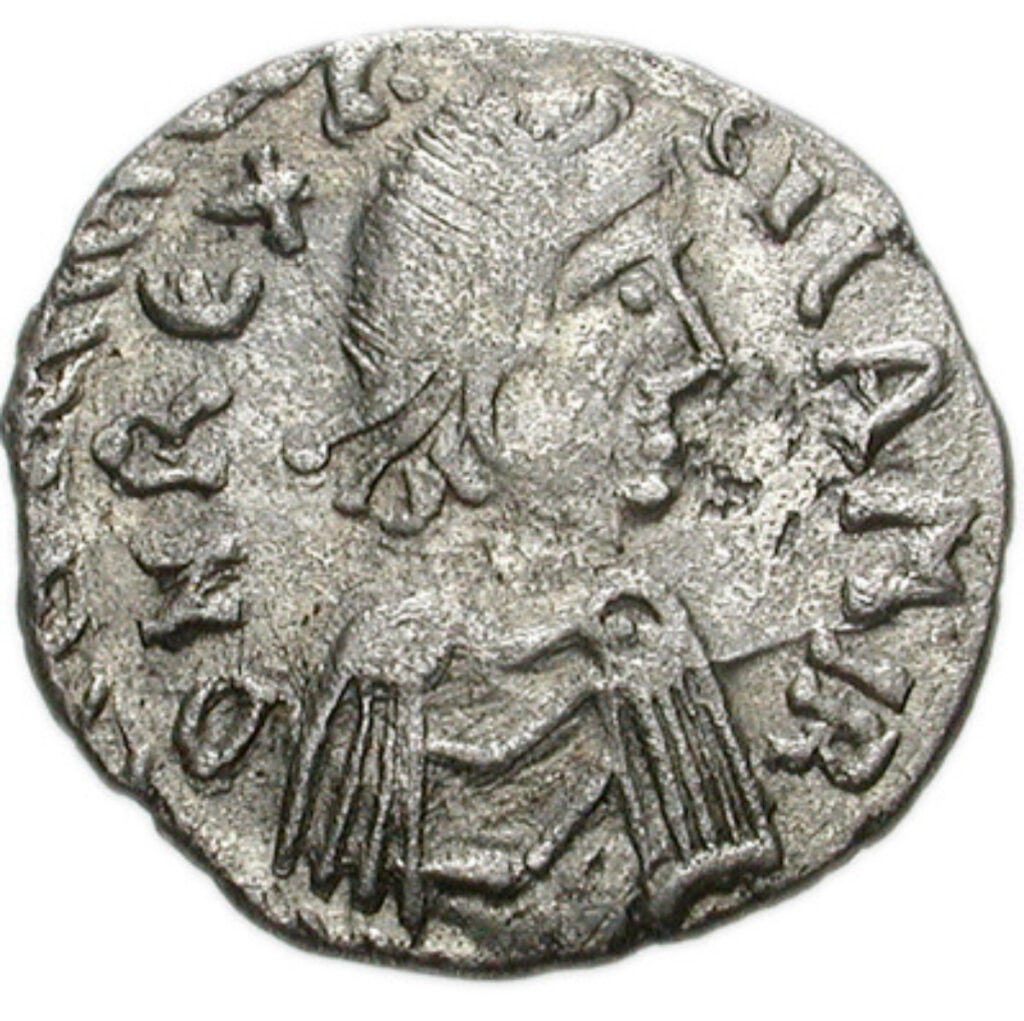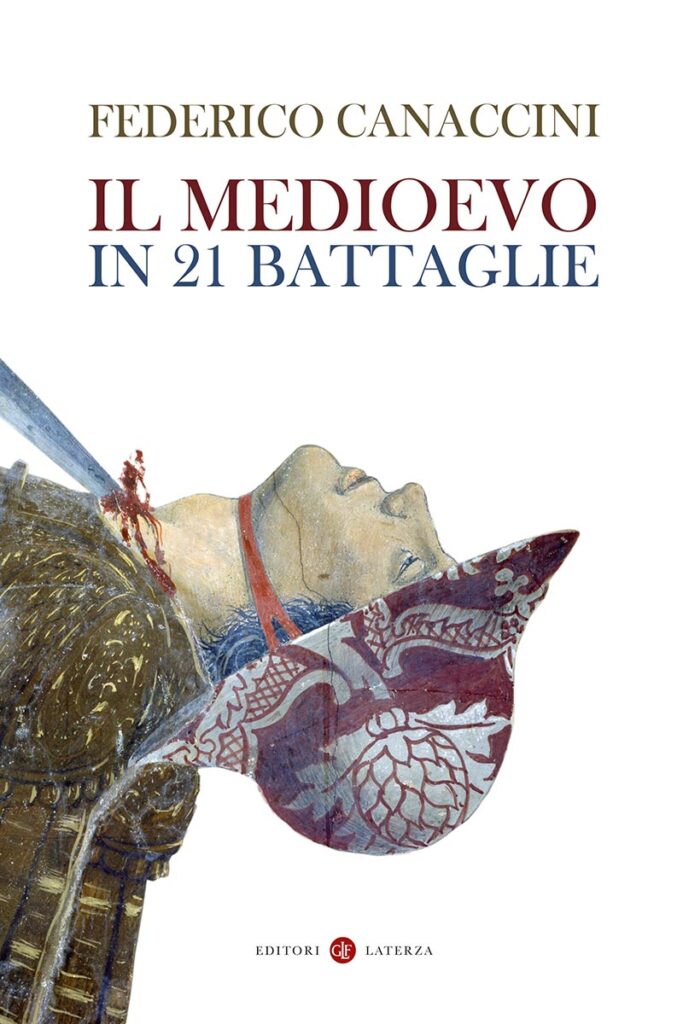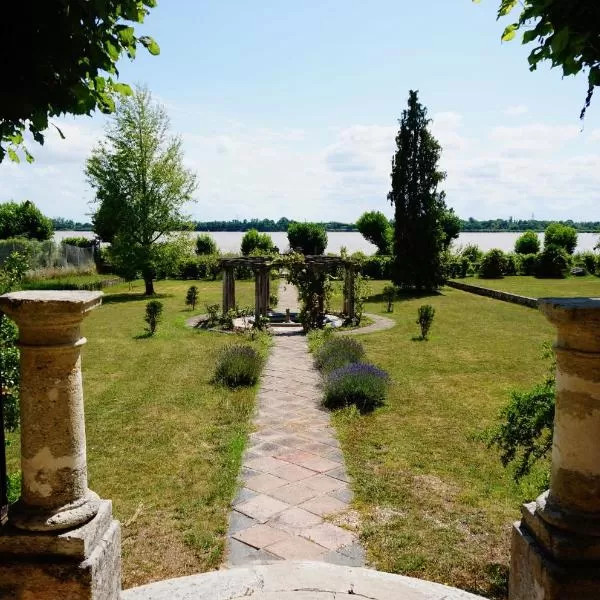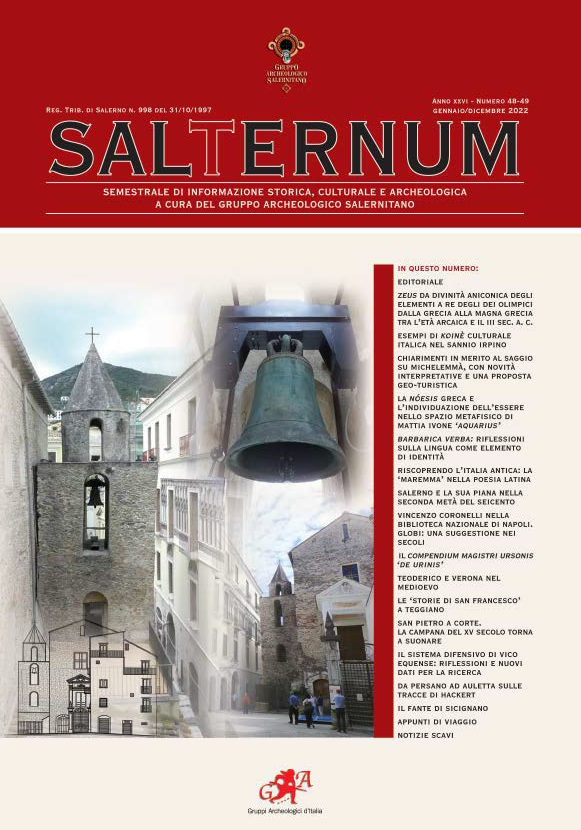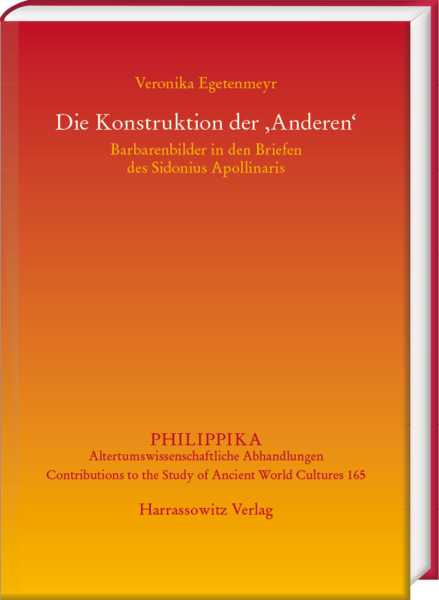Lena Wahlgren-Smith (Southampton) published a review of the Companion in Peregrinations: Journal of Medieval Art and Architecture 8,2 (2022) 173-84, online here.
‘With the exception of material culture, this rich volume appears to cover almost every aspect of Sidonius’ life and oeuvre that a student of the period might look for. It not only represents an enormous advance in the understanding of this author, but also suggests ways in which other authors, in this and other periods, might profitably be approached. It will add greatly to the field of Sidonius studies and doubtless stimulate further exploration of the author, his genres, and his time.’

